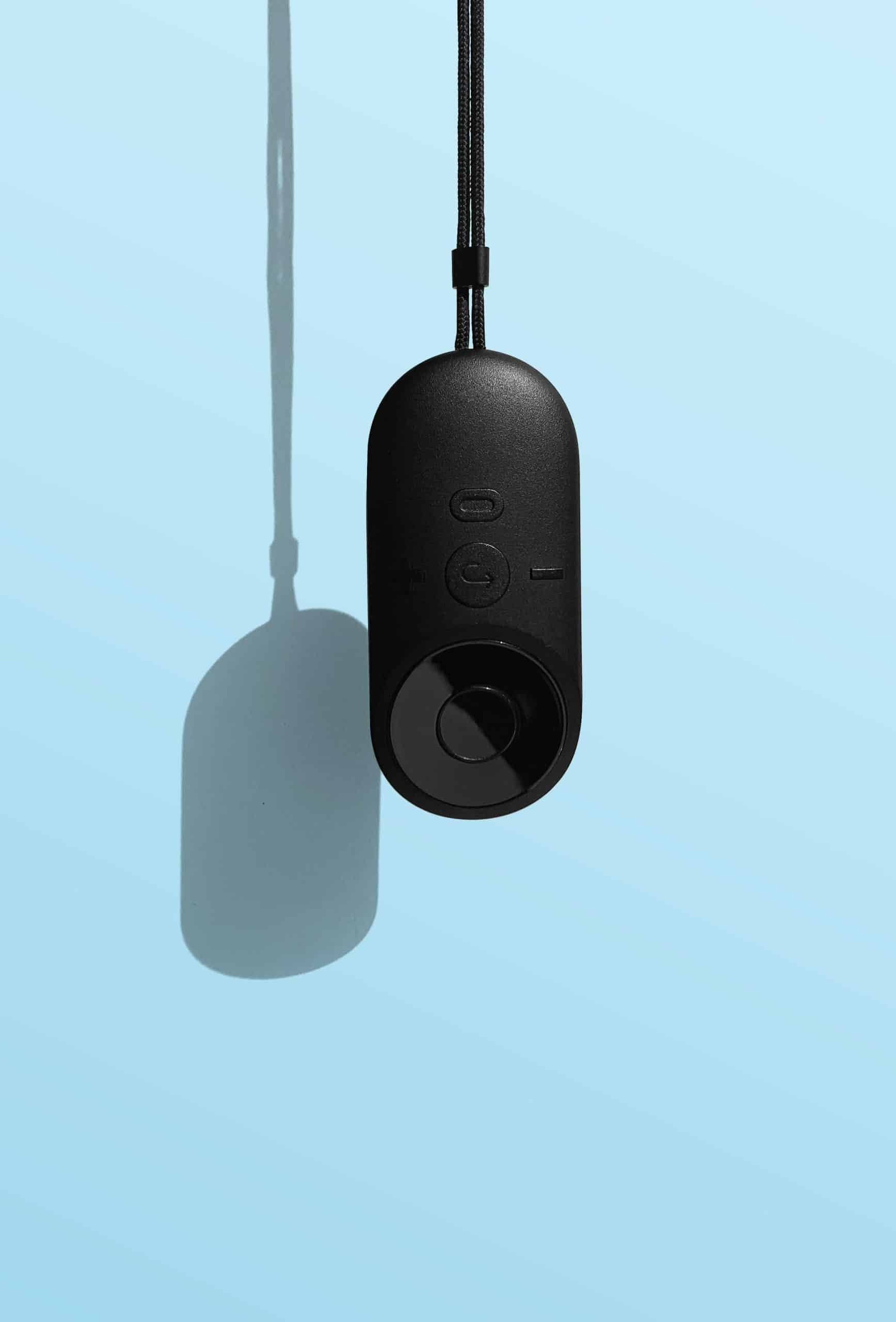Chronic renal failure, also referred to as chronic kidney disease (CKD), is a common yet serious health issue prevalent in cats. As a responsible cat owner, understanding CKD and its implications can be instrumental in ensuring the health and longevity of your furry friend. This disease typically affects older cats but can also occur in younger ones. The kidneys, responsible for filtering waste and toxins from the blood, start losing function over time with CKD. Let’s delve into understanding the disease, its detection, and optimal treatment practices.
Knowing the Signs of CKD in Cats
A cat suffering from CKD may display various clinical symptoms. It’s crucial to watch for these signs and seek immediate veterinary care if your cat begins exhibiting any of them.
In parallel : How to Effectively Socialize a Puppy with Older, More Dominant Dogs?
Cats with CKD often drink excessive amounts of water and produce large volumes of urine. They may lose weight despite having a healthy appetite or even eating more than usual. Other signs can be a poor coat condition, a decrease in appetite, vomiting, or lethargy.
However, these symptoms might not surface in the early stages of CKD, which underscores the importance of regular check-ups. Your vet can conduct blood tests and urine analyses to detect the disease in its early stages.
In the same genre : How to Recognize and Address Boredom in Indoor House Cats?
The Role of Diet in Managing CKD
A cat with kidney disease needs a special diet to manage the condition effectively. As the kidneys lose their ability to filter waste products from the blood, a low protein diet can help reduce the accumulation of waste and slow down the progression of CKD.
Also, cats with CKD often develop a condition known as metabolic acidosis, where there’s an excess of acid in the body. A diet rich in bicarbonate can help counteract this.
Ensure that the diet for your cat with CKD is low in sodium and phosphorus. High sodium levels can increase blood pressure and worsen kidney damage, while excess phosphorus can cause further harm to the kidneys.
Yet, nourishment is still paramount. The diet must be palatable to maintain your cat’s weight and overall health. It’s best to consult your vet for specific dietary guidelines.
Hydration is Vital
Maintaining hydration is key for cats with CKD. Due to excessive urination, these cats are prone to dehydration, which can exacerbate kidney issues.
Ensure your cat has constant access to fresh, clean water. Some cats prefer running water, so a cat water fountain might be a worthwhile investment.
In severe cases, your vet might recommend subcutaneous fluid therapy, where fluids are administered under the skin to aid hydration. You can learn to do this at home to minimize stress for your cat.
Administering Treatments and Medications
In some cases, medications might be necessary to manage CKD in cats. These can cater to various aspects of the disease.
Phosphorus binders can help control phosphorus levels in the blood. Potassium supplements may be needed if your cat’s potassium levels are low. Medication to control high blood pressure and promote kidney function can also be administered.
Remember, it’s crucial to follow your vet’s instructions when administering medication. Never resort to self-medication or altering dosages without consulting your vet.
Regular Vet Check-ups and Monitoring
After a CKD diagnosis, regular vet visits become more essential than ever. Your vet can monitor your cat’s condition, adjust treatments as necessary, and address any new symptoms.
Blood tests, urine analysis, and blood pressure measurements are common during these check-ups. If your cat’s condition worsens, your vet may also recommend more specialized tests, like kidney ultrasounds or biopsies.
Chronic renal failure in cats truly underscores the adage, ‘prevention is better than cure.’ With early detection, necessary dietary changes, and appropriate treatments, cats with CKD can lead a comfortable and fulfilling life. It’s all about being vigilant, proactive, and dedicated to your cat’s health and well-being. While CKD is a serious health condition, it’s not a death sentence. You can still enjoy many happy years with your feline friend, even with a CKD diagnosis.
Understanding the Psychological Impact of CKD
Living with a cat diagnosed with chronic kidney disease can take a toll on both the cat and the owner. Recognizing the emotional and psychological implications of CKD can help in providing the best care for your feline friend.
Cats with CKD may experience changes in behavior due to discomfort or pain. They may become less active or social, indicating that they are not feeling well. As a cat owner, it’s essential to understand these changes and provide emotional support to help your cat cope.
It’s also crucial to be aware of and manage your own feelings as well. It’s natural to feel stressed, overwhelmed, or anxious when your cat is diagnosed with a chronic illness like CKD. But remember that your emotional well-being is just as important.
Consider seeking support from other pet owners who are dealing with a similar situation. Join a local group or an online community where you can share experiences and get advice.
Furthermore, maintaining a positive environment at home can benefit both you and your cat, aiding in your cat’s overall well-being.
Remember, CKD in cats is manageable, and with proper care and support, your feline friend can still lead a good quality life.
Living with a Cat with CKD: The Takeaways
Chronic renal failure or chronic kidney disease is a serious health condition in cats. It can have profound implications on the cat’s quality of life and longevity. However, with proactive measures, vigilance, and adherence to best practices, cats with CKD can continue to live a fulfilling life.
Early detection is key, emphasizing the importance of regular vet check-ups. Clinical signs such as excessive drinking, increased urination, weight loss, and lethargy could indicate CKD.
Diet changes are pivotal in managing CKD. A diet low in protein, sodium, and phosphorus, but rich in bicarbonate can help manage the disease. Hydration is equally important, and measures like constant access to fresh water and, in severe cases, subcutaneous fluid therapy can help.
Administering treatments and medications as instructed by your vet helps control various aspects of the disease like blood pressure and phosphorus levels. Regular monitoring through vet visits ensures that adjustments can be made as needed.
Lastly, it’s crucial to understand the psychological impact of CKD on both your cat and yourself. Managing the emotional aspects alongside the physical ones can contribute greatly to enhancing your cat’s quality of life.
Living with a cat with CKD can be challenging, but it’s worth remembering that it’s not an impossible task. With dedication, patience, and proper care, your cat can lead a comfortable life, and you can continue to enjoy the special bond you share with your furry friend.











